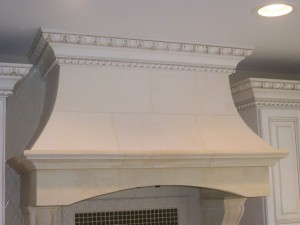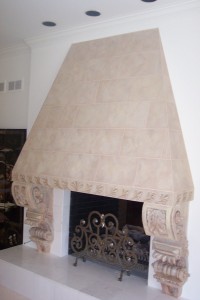The French word “faux” means false or not real. Faux painting examples can be found all the way into antiquity. Scarcity of raw materials, the cost of the real goods and practical considerations were the motivating factors behind the flourishing of faux finishes through time.
As an example, Egyptians and Romans favored the art of gilding in order to make things and architectural features (even ceilings) appear as if they were made of solid gold. Another example is trompe l’oeil painting. Its intended purpose is to fool the eye in believing that something has three dimensions when it actually only has two.
Over time, painting techniques have been developed to imitate a myriad of materials. Most notably, different species of wood, marble and stone, as well as leather have been favorites of faux finishing painters.
Today’s decorative painter has at his or her disposal an array of modern new products to help in the never-ending quest to fool the viewers in believing that something they are viewing is the real thing when it is not!
The pictures included in this blog illustrate two examples of Painting in Partnership’s faux painting work in the Chicago area: one is a kitchen hood, the other is a fireplace hood. Now, a portion of these two projects included the real material. Are you able to guess what is real and what is not? First, click on each picture to examine them more closely. Here is the answer key:
Limestone Hood: The corbels and the portion between the corbels and the first crown are real.
Faux-Painted Fireplace Hood: The corbels are real.









 Follow
Follow
